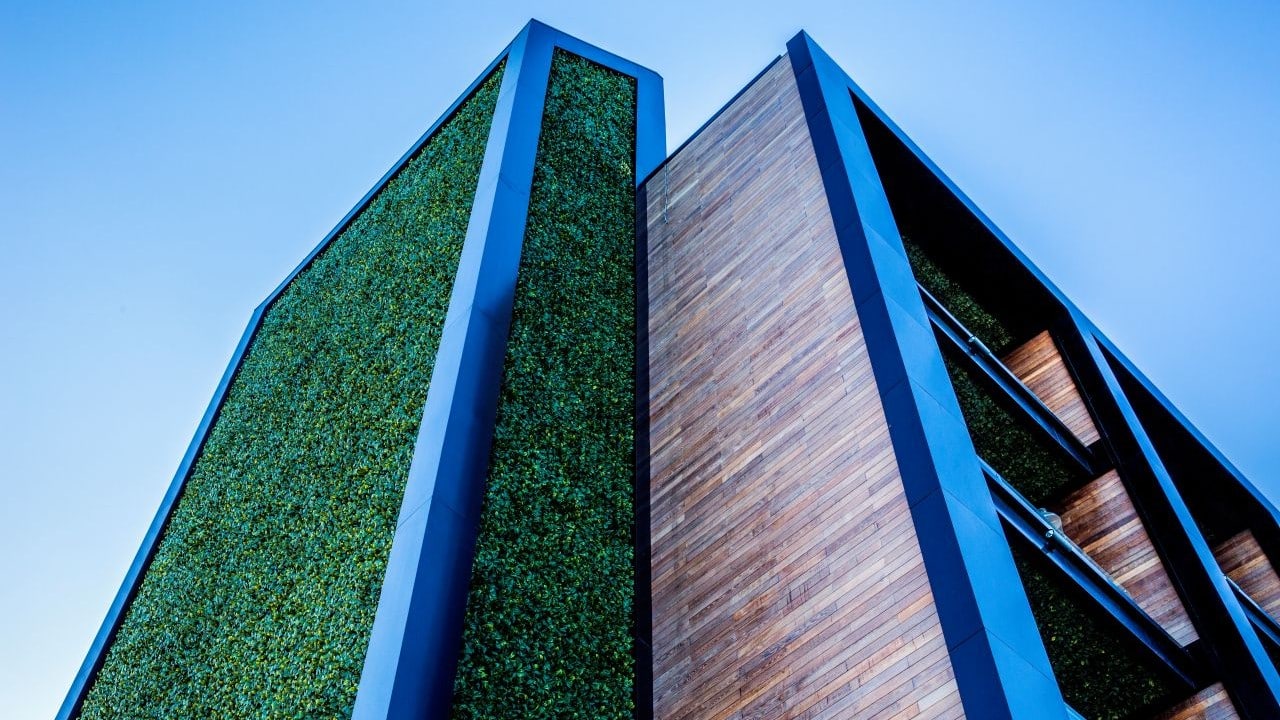The integration of nature into architectural design has reached new heights through innovative vertical gardening solutions. Green walls have transformed from novel concepts into essential elements of contemporary design, offering both aesthetic appeal and functional benefits that address modern environmental challenges while creating healthier, more engaging spaces.
The Rise of Vertical Green Architecture
Urban environments increasingly seek creative ways to incorporate natural elements without sacrificing valuable ground space. This demand has driven the evolution of green wall technology, making it possible to transform blank vertical surfaces into thriving ecosystems that contribute to improved air quality and enhanced well-being.
Modern Green wall systems have evolved to accommodate diverse environments and design preferences, offering solutions ranging from living plant installations to sophisticated artificial alternatives that deliver consistent beauty without ongoing maintenance requirements.
The architectural community has embraced these installations as both design statements and practical solutions for addressing urban heat islands, improving building energy efficiency, and creating more sustainable built environments.
Benefits of Green Wall Implementation
Environmental Impact
Green walls contribute significantly to urban sustainability efforts by filtering air pollutants, reducing building energy consumption through natural insulation, and creating micro-habitats that support biodiversity in urban settings. These systems can lower surrounding temperatures by several degrees through evapotranspiration processes.
Psychological and Health Benefits
Research consistently demonstrates that exposure to green environments reduces stress levels, improves cognitive function, and enhances overall well-being. Workplace installations have shown measurable improvements in employee satisfaction and productivity rates.
Acoustic Enhancement
The textured surfaces and plant materials in green walls provide excellent sound absorption properties, reducing noise pollution in busy urban environments and creating more comfortable acoustic conditions for building occupants.
Design and Installation Considerations
System Selection
Choosing appropriate green wall systems depends on factors including climate conditions, maintenance capabilities, budget constraints, and aesthetic preferences. Living systems require irrigation and ongoing plant care, while artificial alternatives offer consistent appearance with minimal upkeep.
Structural Requirements
Proper structural assessment ensures walls can support the additional weight of green wall systems, particularly for extensive installations covering large surface areas. Professional engineering consultation prevents potential structural issues and ensures long-term stability.
Location and Lighting
Successful green wall implementation requires careful consideration of available light levels, air circulation patterns, and accessibility for maintenance activities. These factors significantly influence plant selection and system design choices.
FAQ Section
What maintenance do green walls typically require? Living green walls need regular watering, pruning, and seasonal plant replacement, while artificial systems require only occasional cleaning to maintain their appearance.
How much do green wall installations typically cost? Costs vary significantly based on size, complexity, and system type, ranging from modest residential installations to extensive commercial projects requiring professional design and maintenance services.
Can green walls be installed on any type of building? Most buildings can accommodate green wall installations with proper structural assessment and appropriate mounting systems designed for specific wall types and load requirements.
Do green walls provide measurable environmental benefits? Yes, studies show green walls reduce ambient temperatures, filter air pollutants, and improve building energy efficiency through natural insulation properties.
Conclusion
Green walls represent a sophisticated approach to sustainable design that addresses multiple urban challenges while creating visually stunning architectural features. Whether seeking environmental benefits, aesthetic enhancement, or improved occupant well-being, these vertical gardens offer versatile solutions that transform ordinary spaces into extraordinary green environments that benefit both people and the planet.

